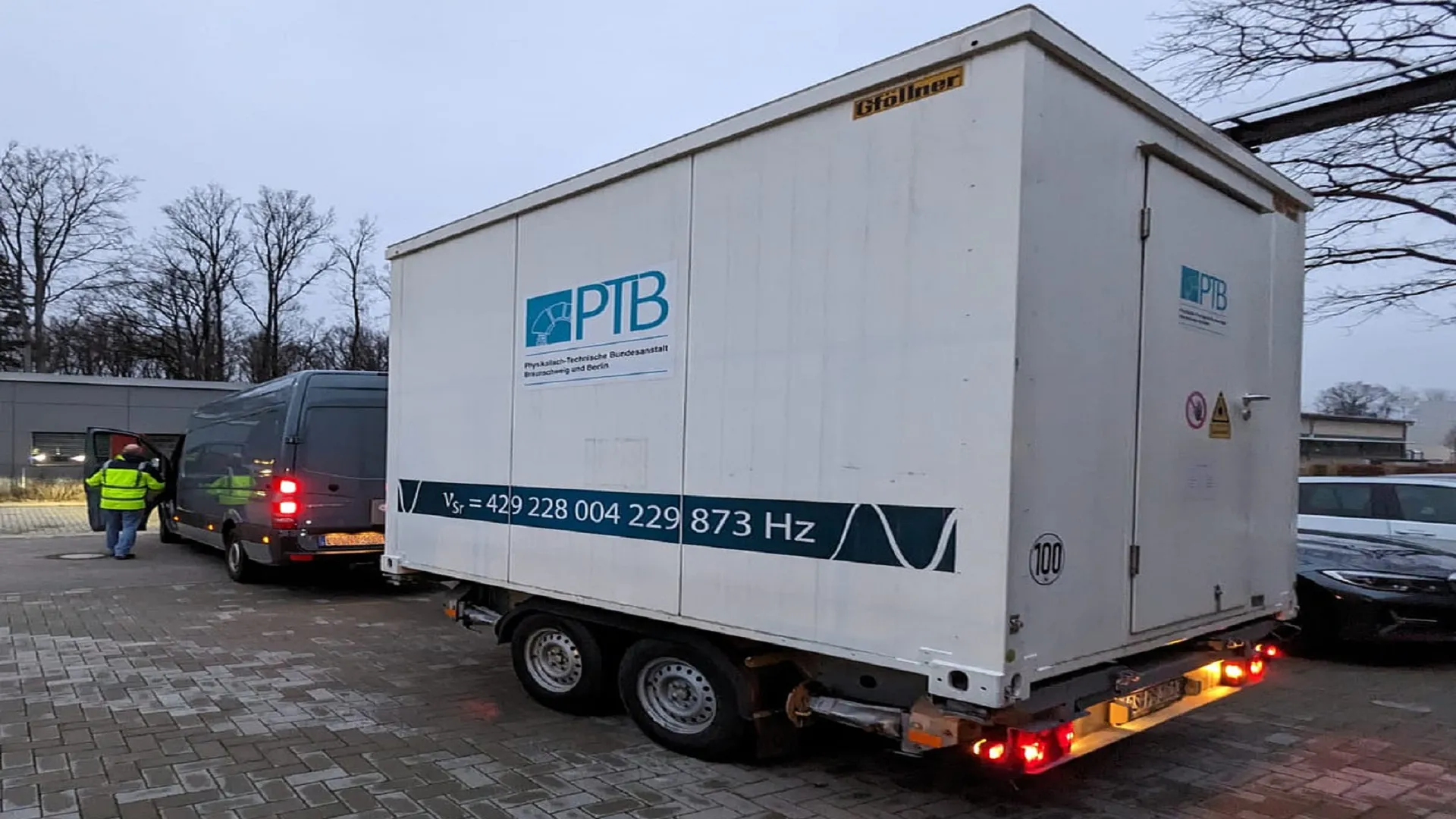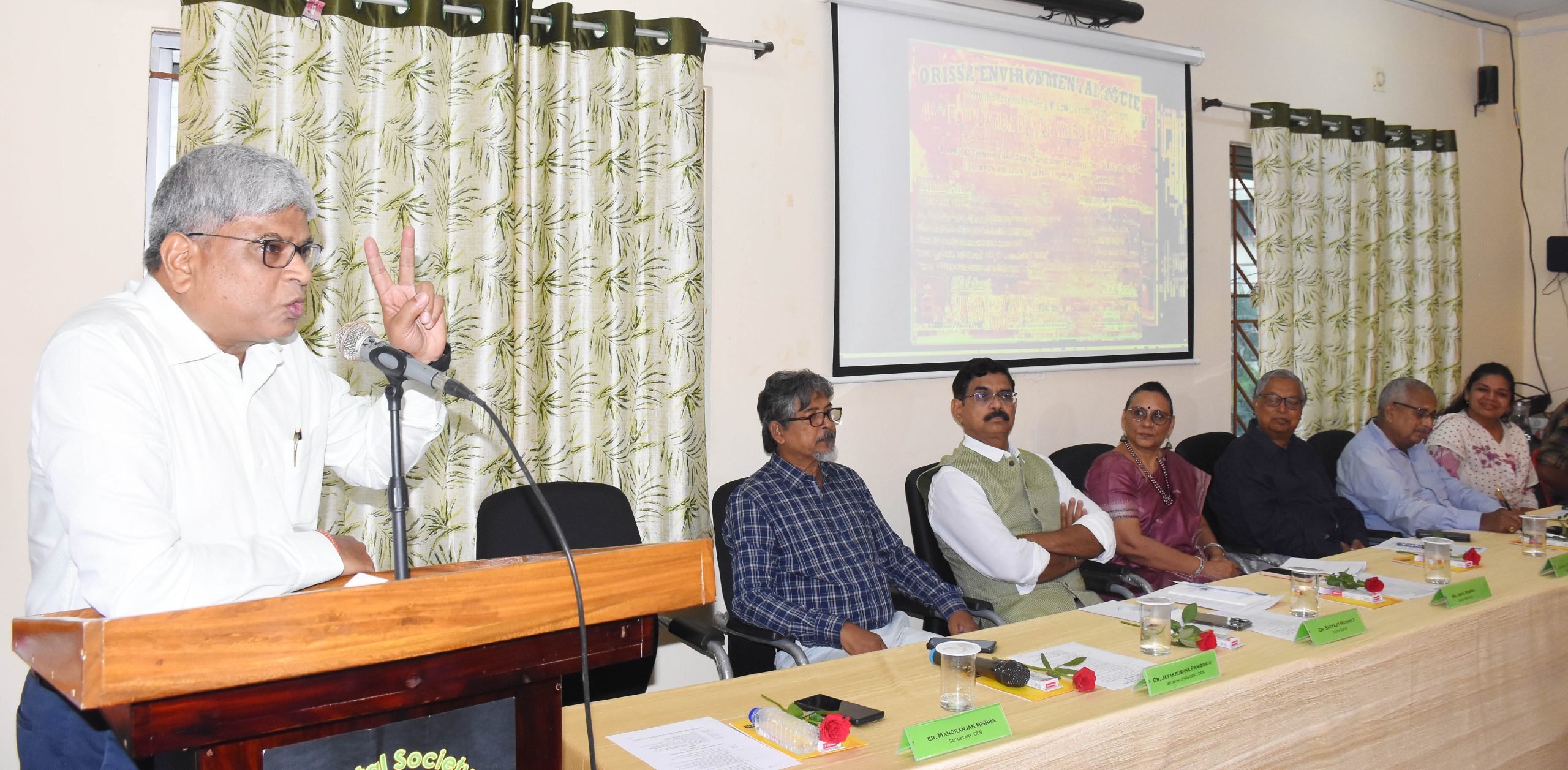Copyright Interesting Engineering

Scientists in Germany have unveiled that the world’s most precise mobile atomic clock is so accurate that it will be off by only one second after 15 billion years of continuous operation. Optical atomic clocks, which are considered the timekeepers of the future, use the precise, stable microwave frequency emitted by the vibrations of cesium or other atoms to keep time with extreme accuracy. However, their greatest drawback is that they usually require complex lab setups to ensure the atoms remain perfectly isolated from environmental interference. Now, to address the challenge, researchers at the Physikalisch-Technische Bundesanstalt (PBT), Germany’s national metrology institute, made an innovative, transportable optical strontium lattice clock that fits inside a mobile trailer. “The transportable optical atomic clock is a prime example of successfully applied quantum technology,” the scientists revealed. “It has already been transported to multiple locations across Europe for measurement campaigns.” Timekeeping on the move Laser-cooled strontium atoms power the system’s extraordinary stability. These are chilled to just a few millionths of a degree above absolute zero, making them even colder than the depths of outer space. In the upper section of the device, an ultrahigh-vacuum chamber maintains these extreme cooling conditions while ensuring the atoms remain perfectly isolated from any external disturbances that could compromise their precision. “Within the system’s core, strontium atoms (excited by laser light) glow blue with fluorescence,” the team stated. “They are guided along a path into a cooled copper radiation shield.” According to the researchers, the atoms act as the clock’s “pendulum,” oscillating at a stable frequency that enables time to be measured with almost unimaginable precision. “Metrology institutes such as PTB are developing several types of optical clocks worldwide,” the researchers said. “Comparing these clocks at their full precision level is crucial – both for fundamental research and to validate the independent operation of national standards.” They believe that transportable optical atomic clocks could revolutionize geodesy, since a clock’s tick rate, which is affected by gravity and altitude, enables precise height measurements and mapping of Earth’s gravitational field. The science of precision The setup is so sensitive that even the faint thermal radiation of the surrounding equipment could alter the readings. The copper radiation shield cools the atoms to –148 degrees Fahrenheit (–100 degrees Celsius). This prevents stray heat from disrupting the atoms’ oscillations. First put into operation in 2023, the clock has now been fully tested. In a recent study, the scientists reported a relative uncertainty of just 2.1 × 10⁻¹⁸. This makes the transportable strontium lattice clock one of the most accurate. The system reportedly achieves its full precision after less than a day of operation, a record for a mobile setup. “If it were to run continuously, it would gain or lose about one second only after 15 billion years,” the researchers explained in a press release. As per the team, the clock’s portability opens new possibilities for science and technology. Traditionally, comparing the world’s most accurate clocks requires complex fiber-optic networks or satellites. However, a transportable system can instead be taken directly to remote labs or measurement sites, making inter-comparisons faster and more flexible. “Beyond its value for metrology, it also enables chronometric geodesy, the measurement of altitude differences using clocks, at a previously unattainable level of accuracy,” the researchers concluded. The study has been published in the journal Quantum Science and Technology.



